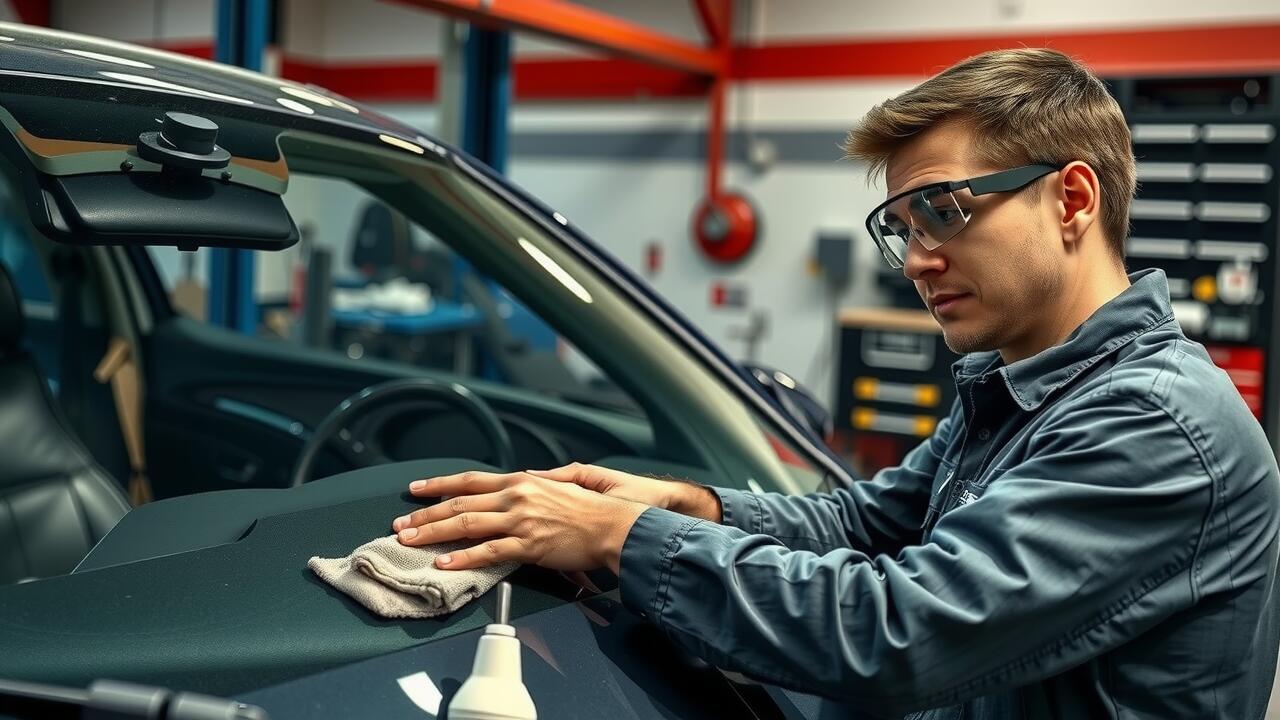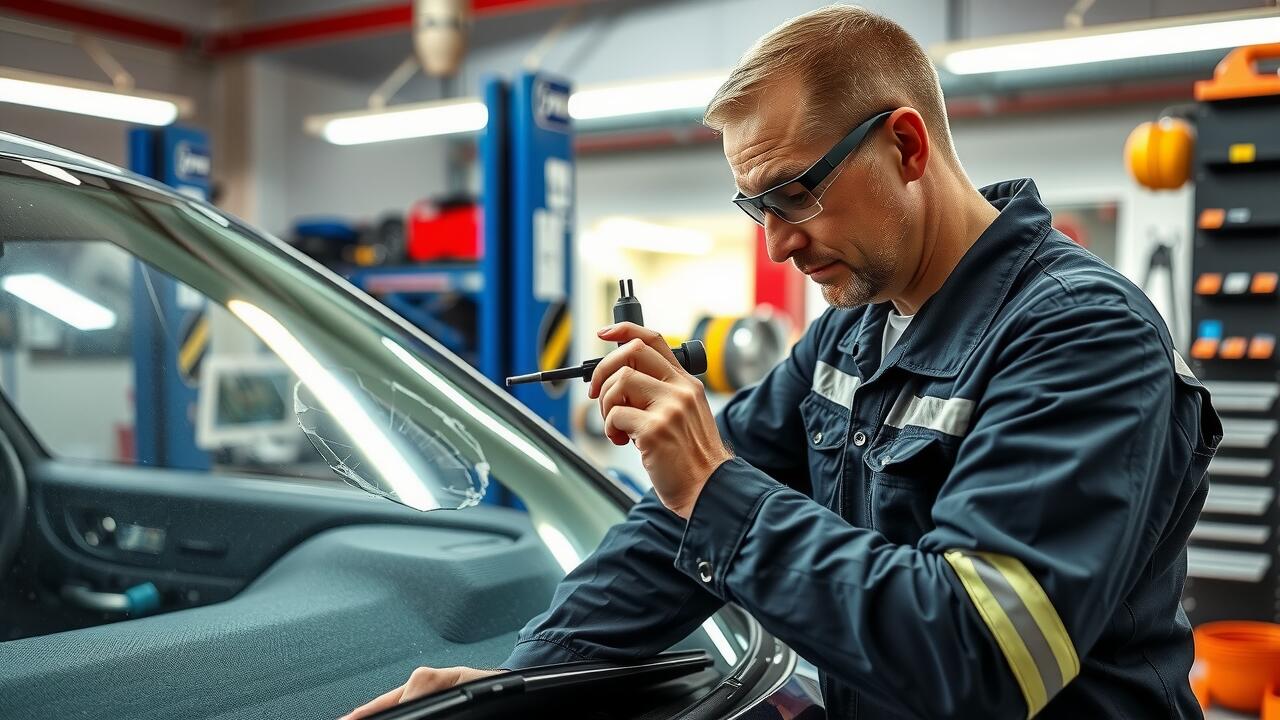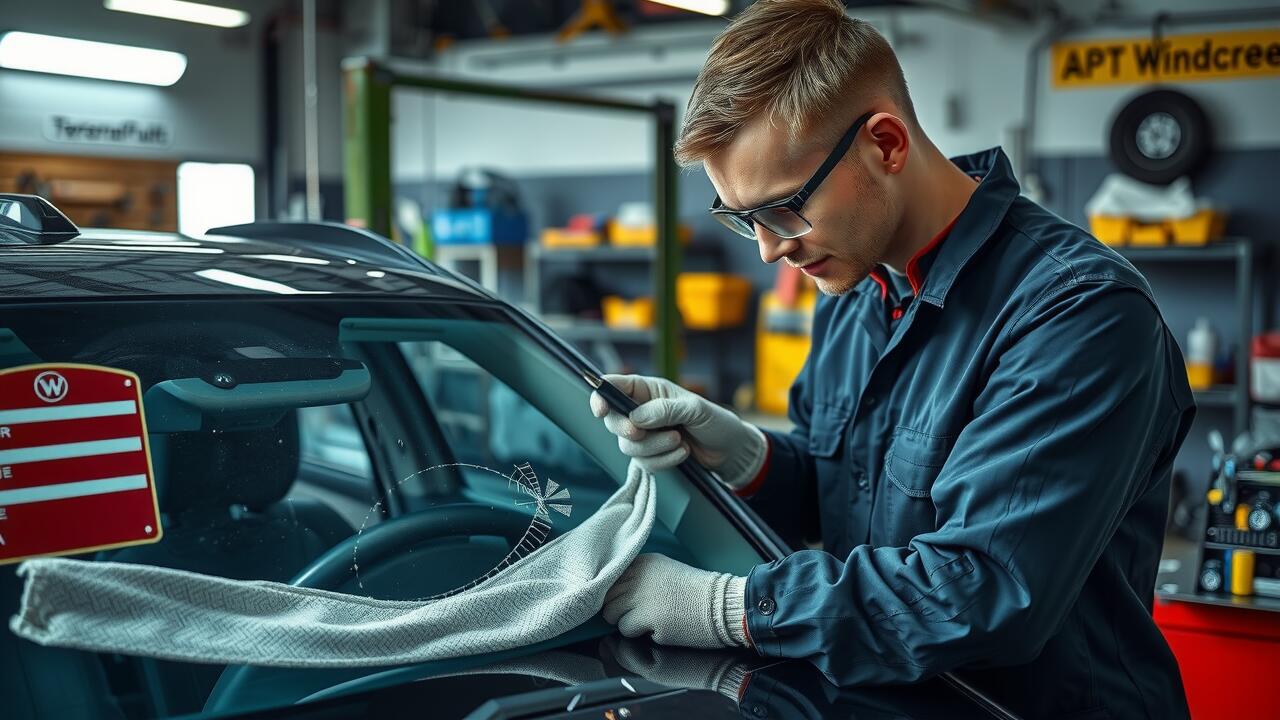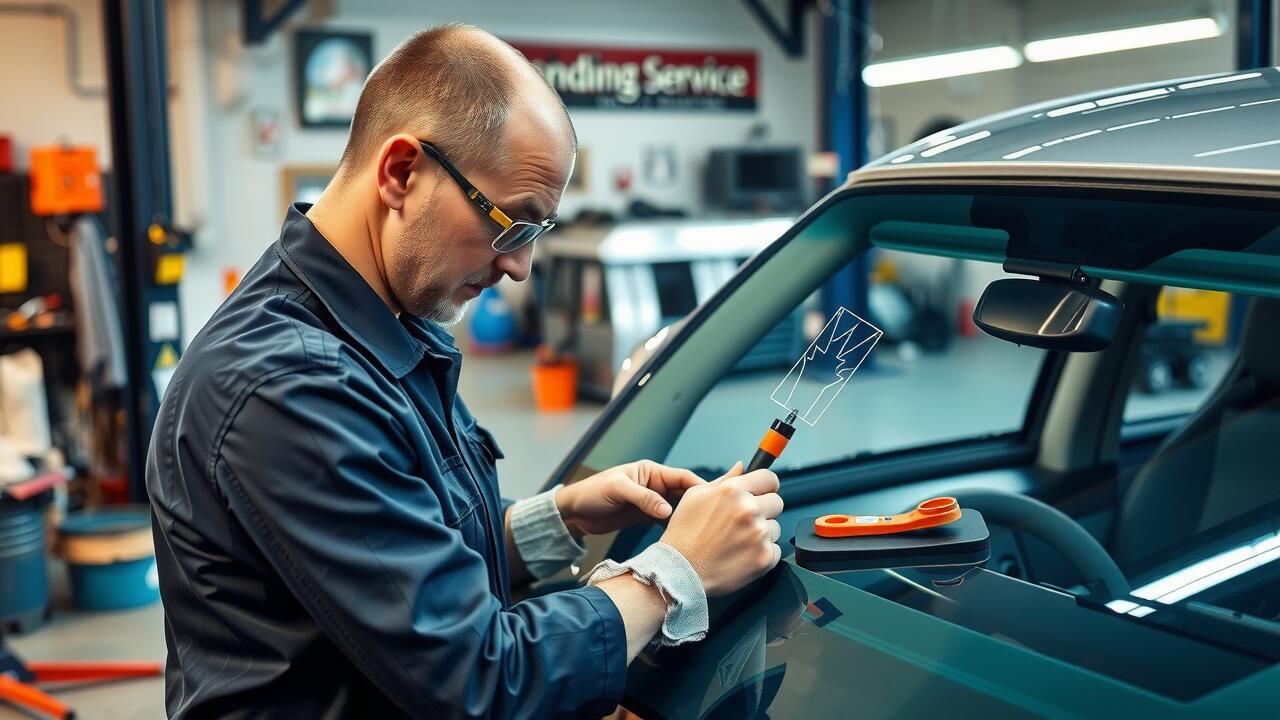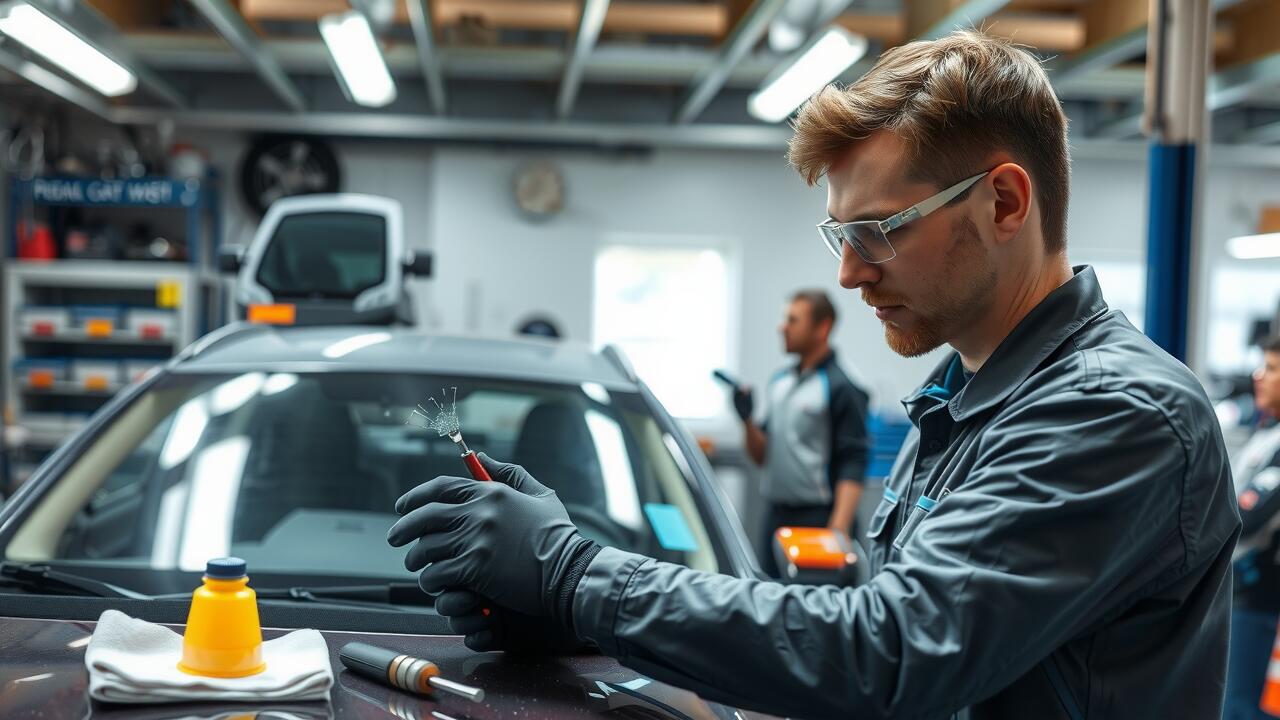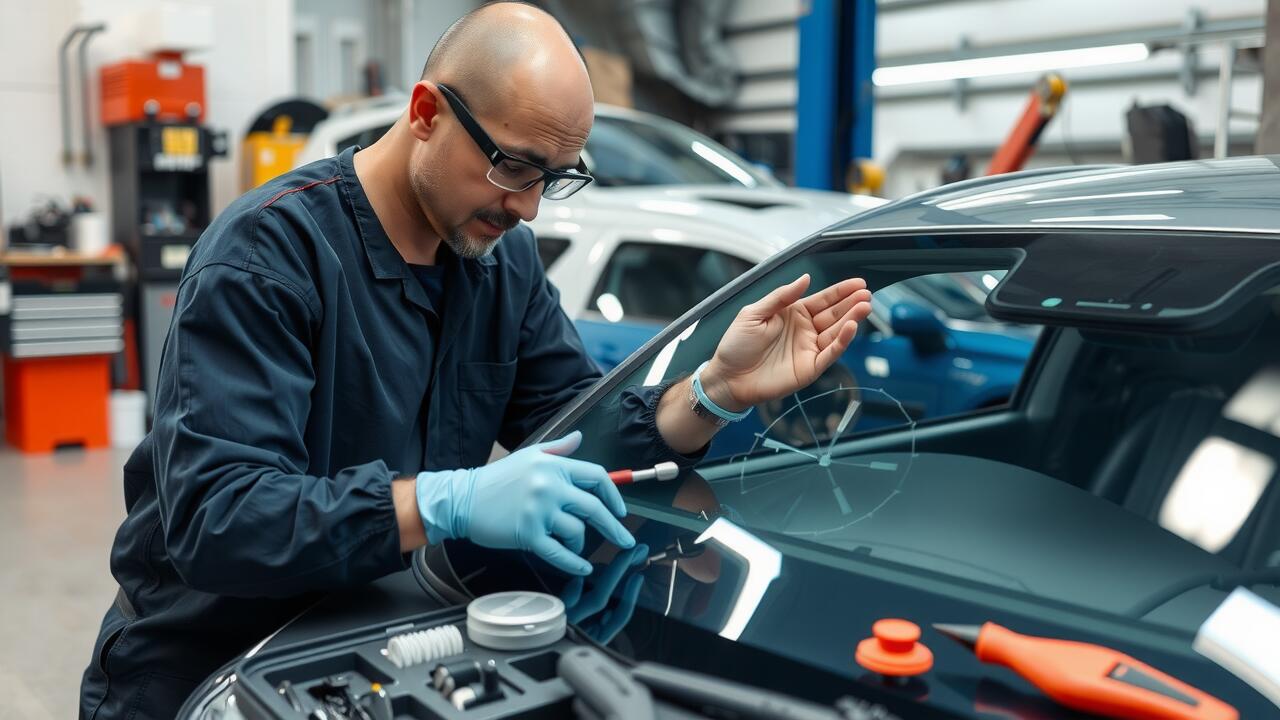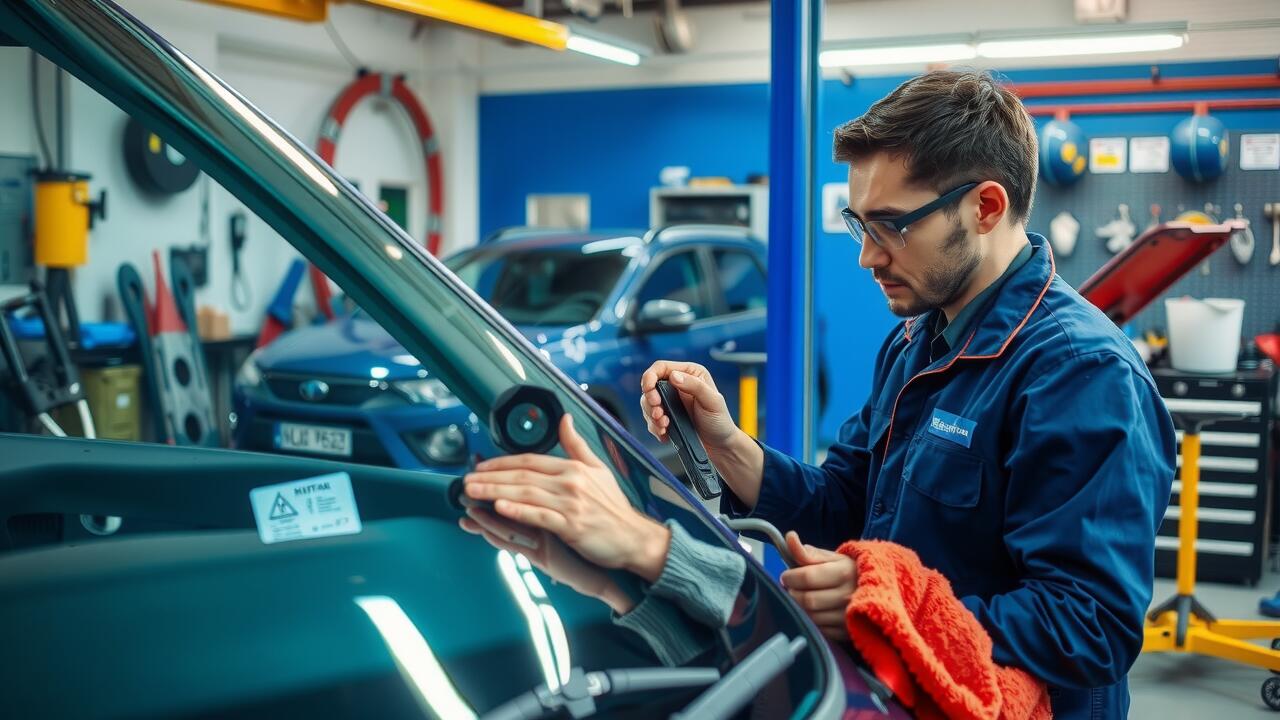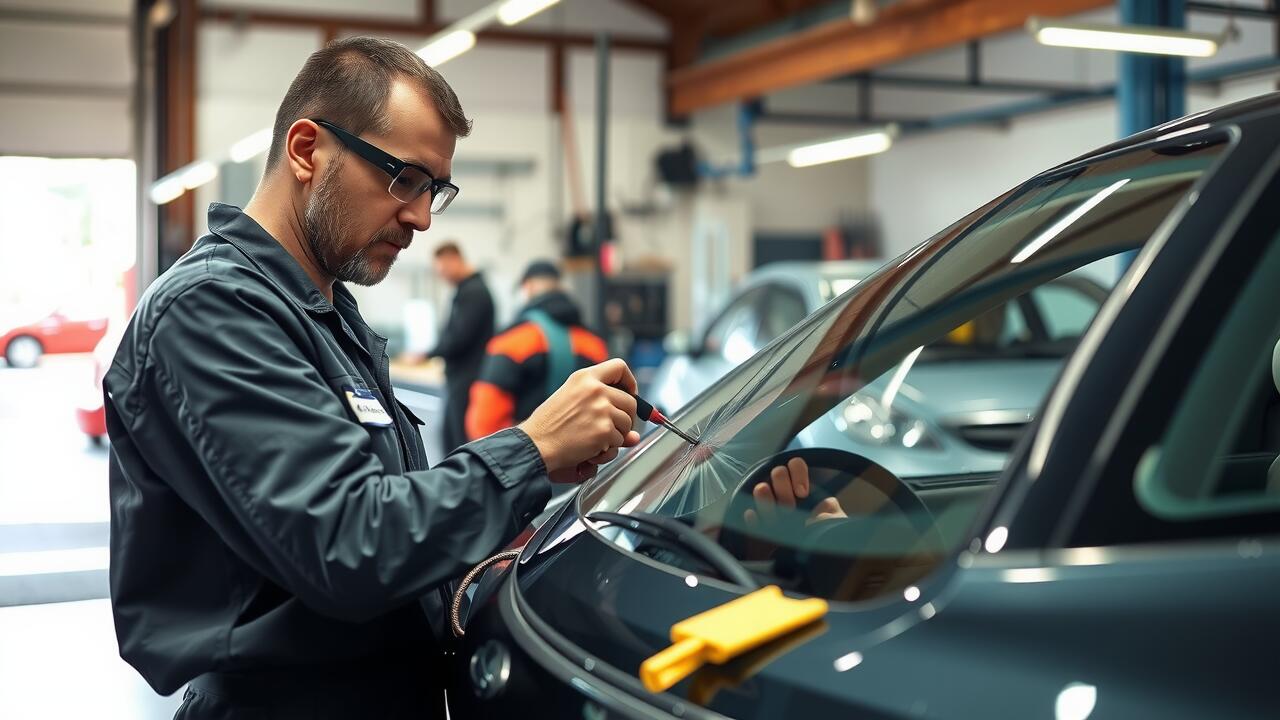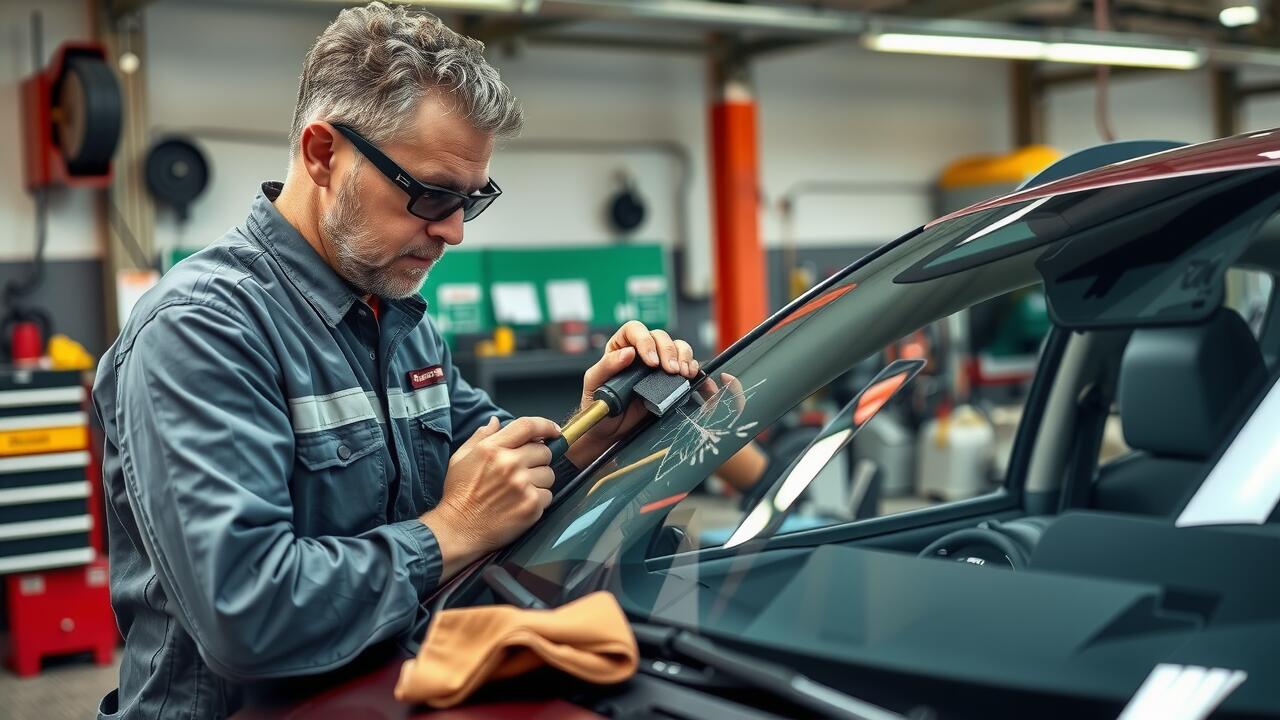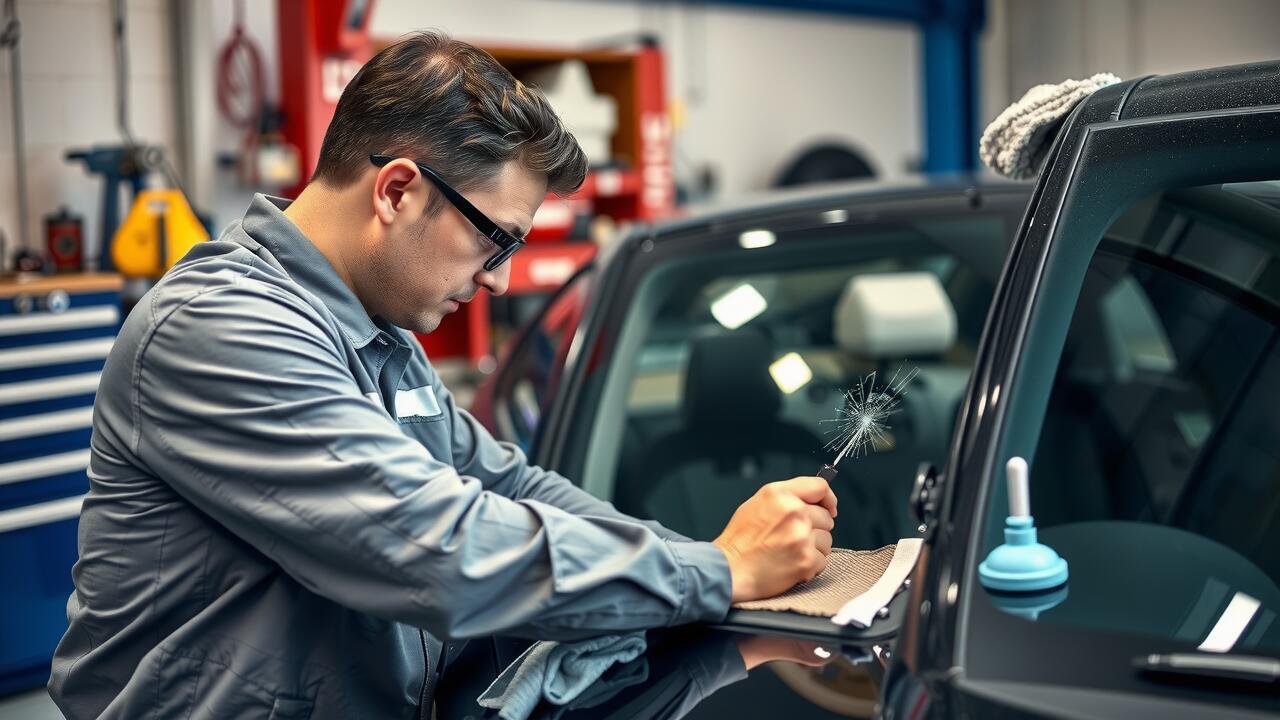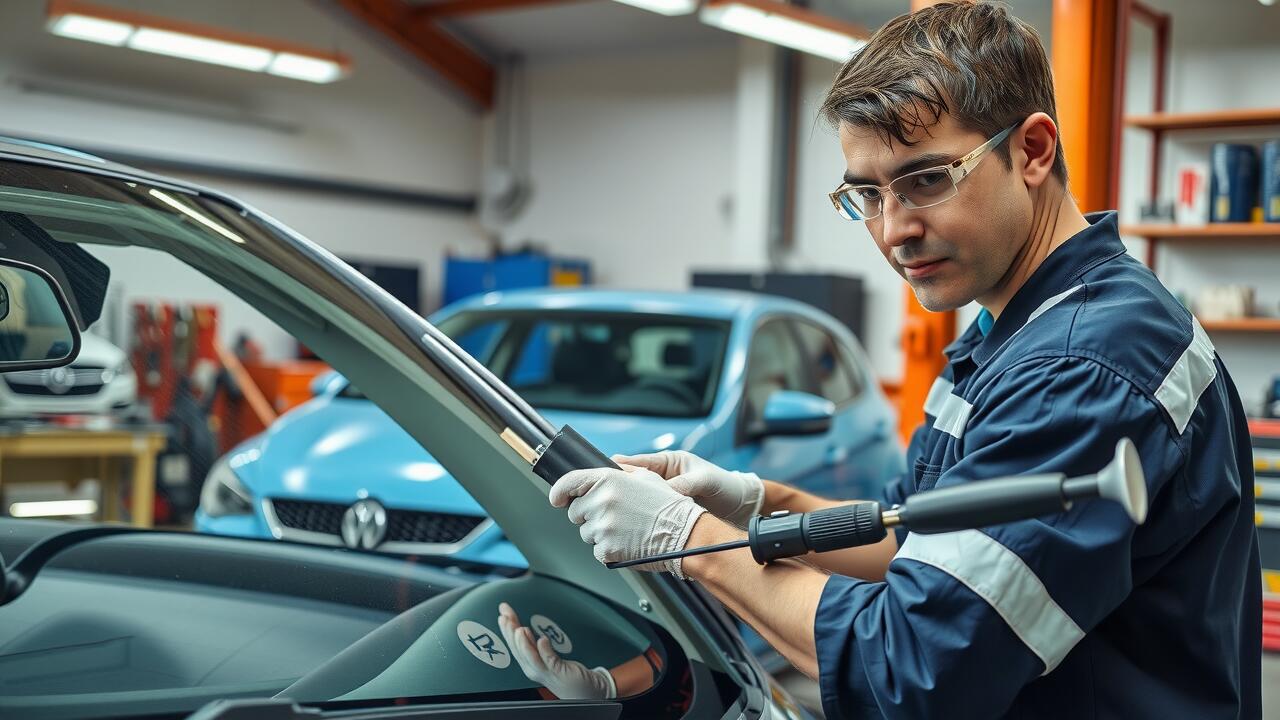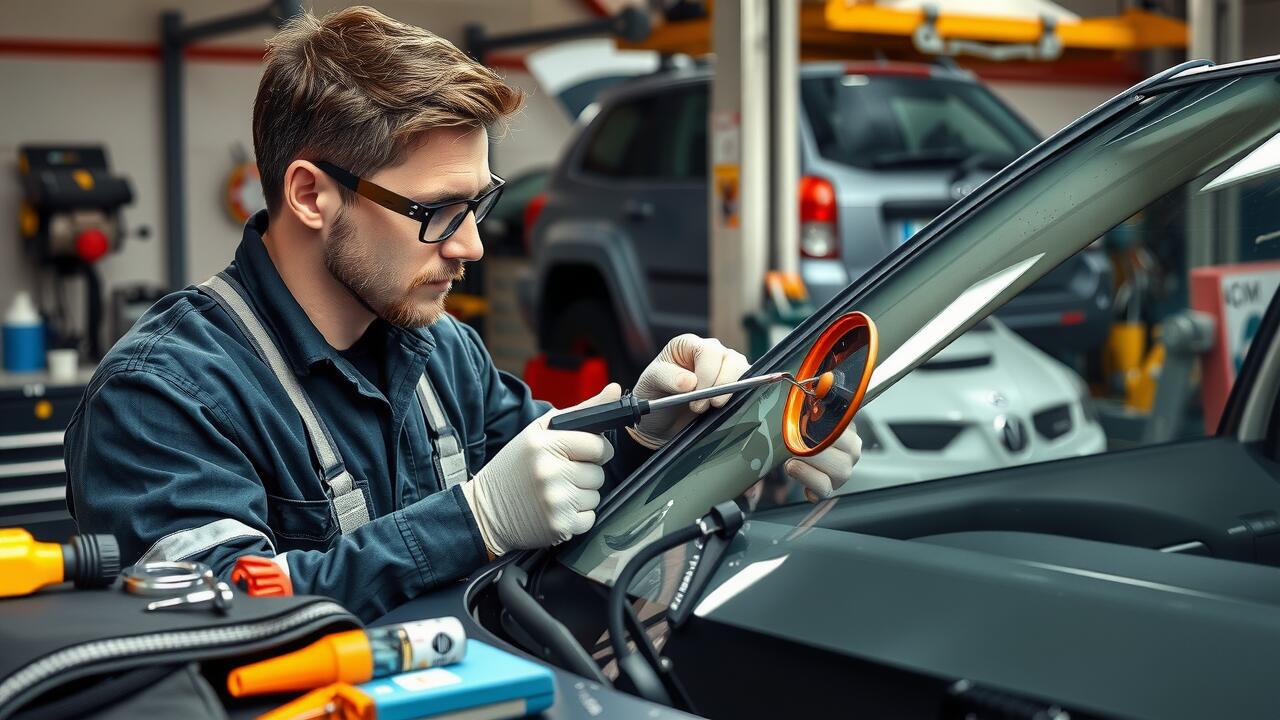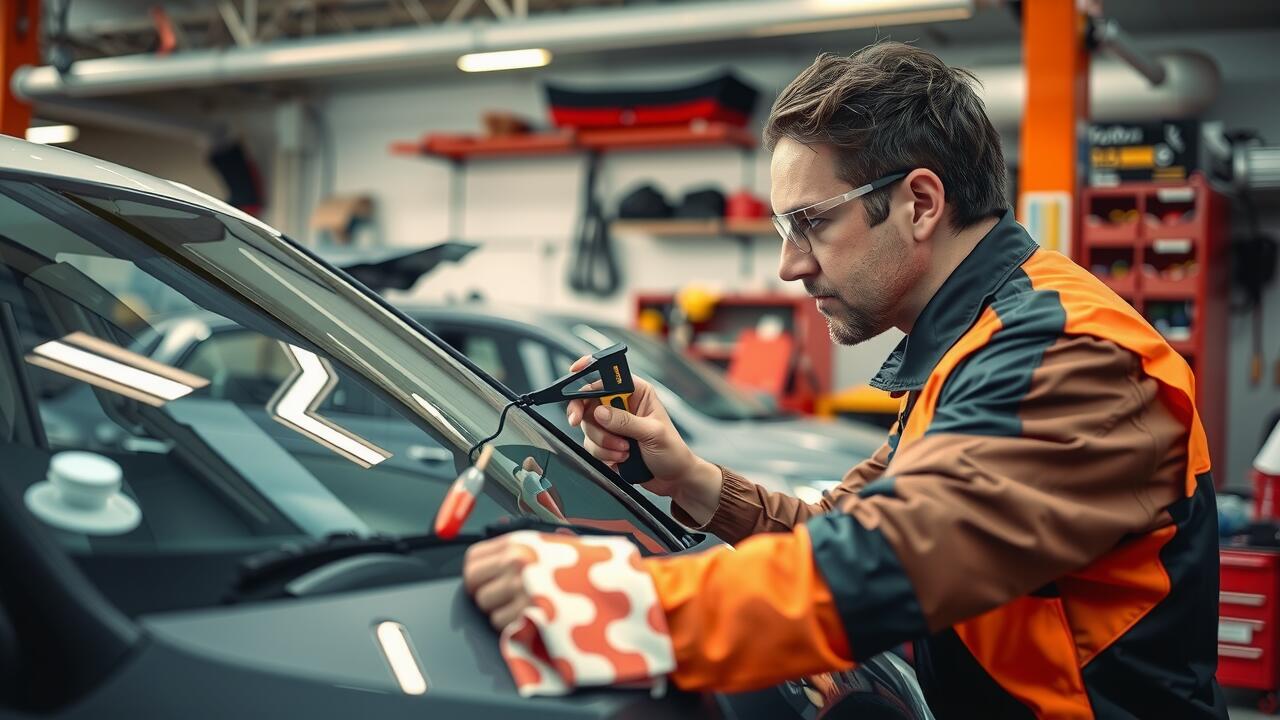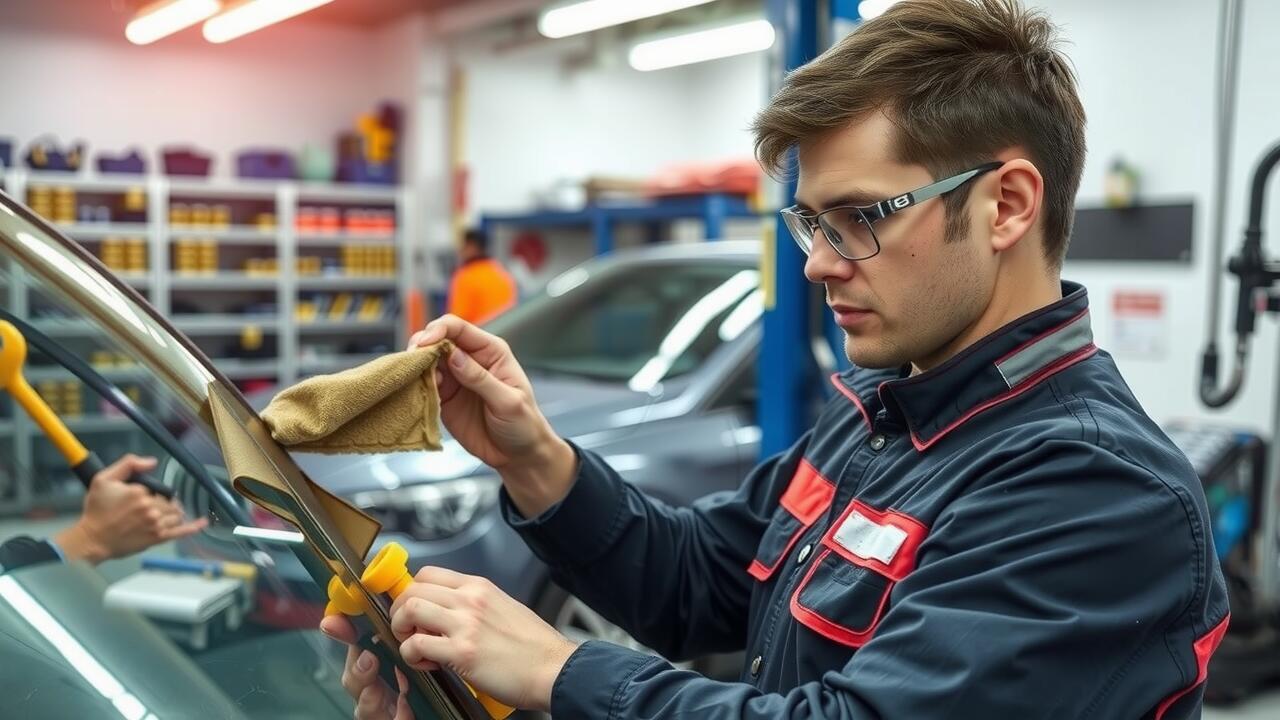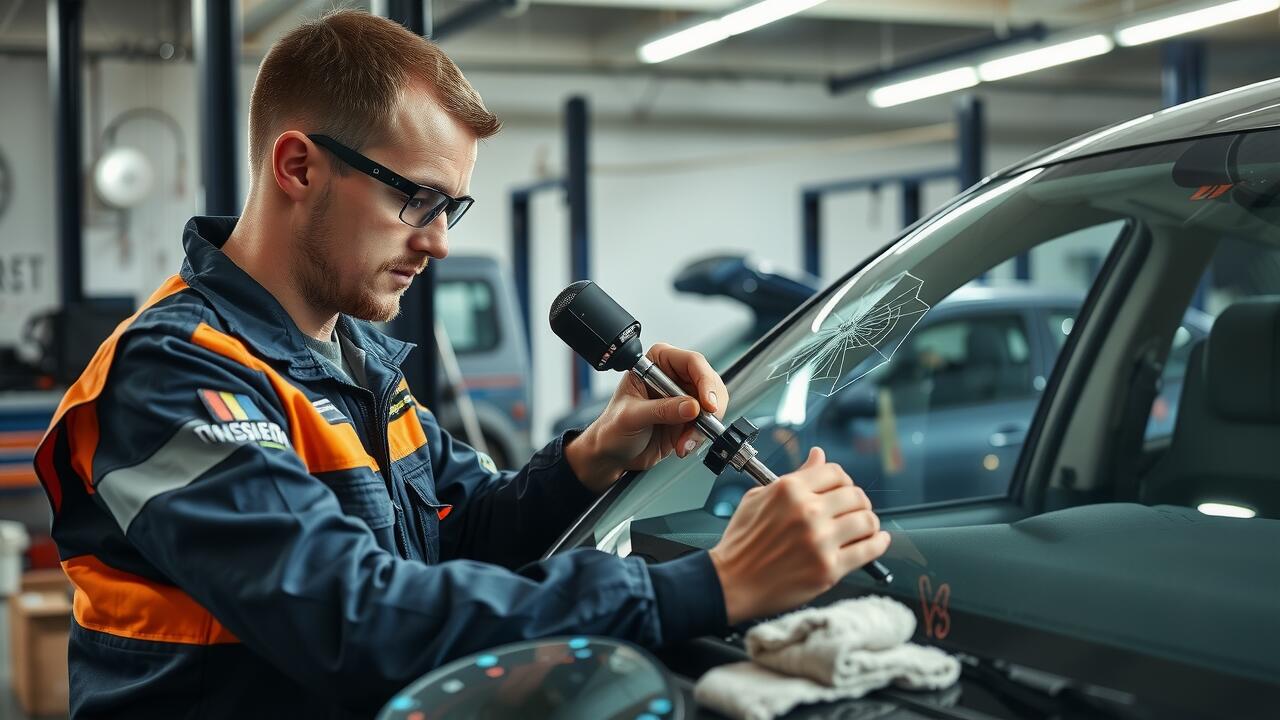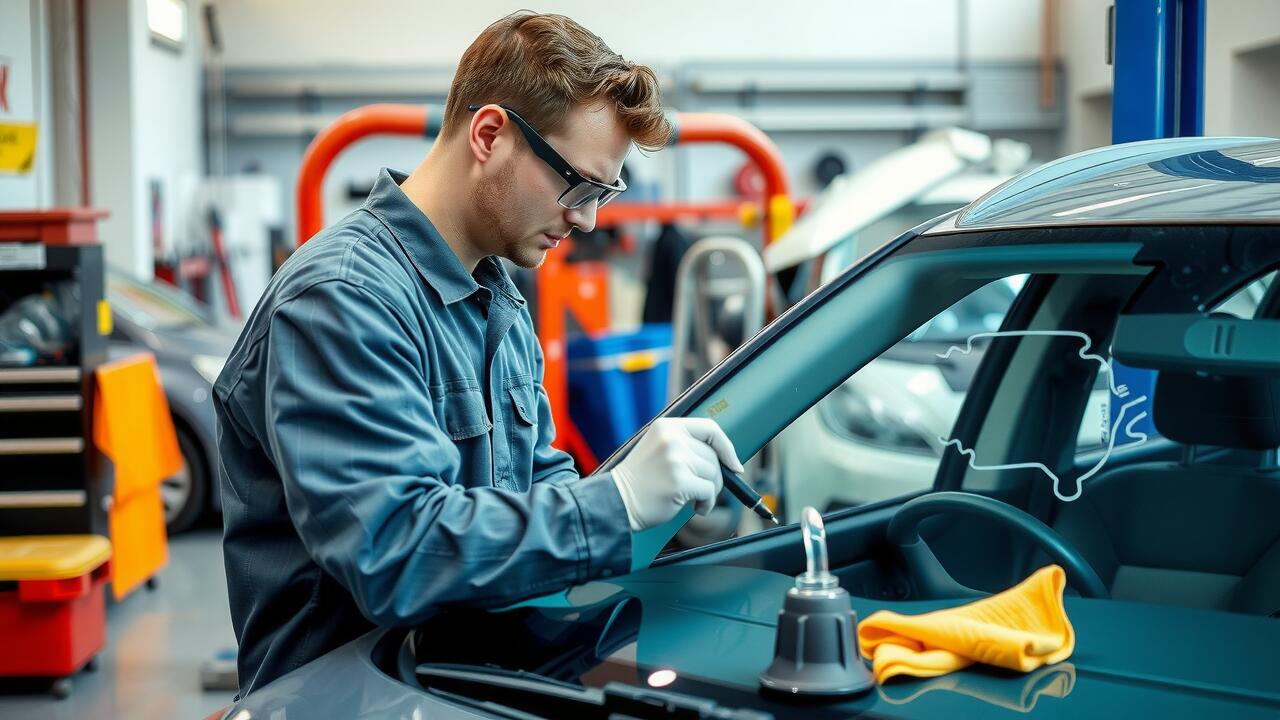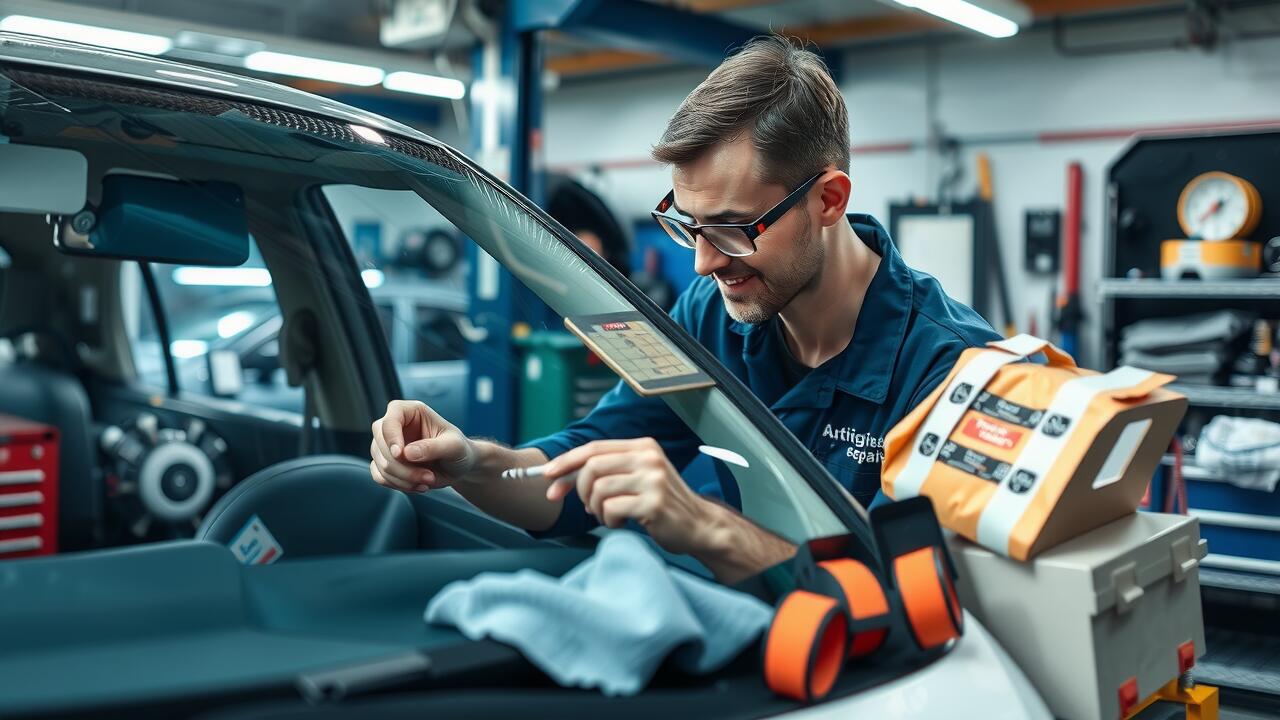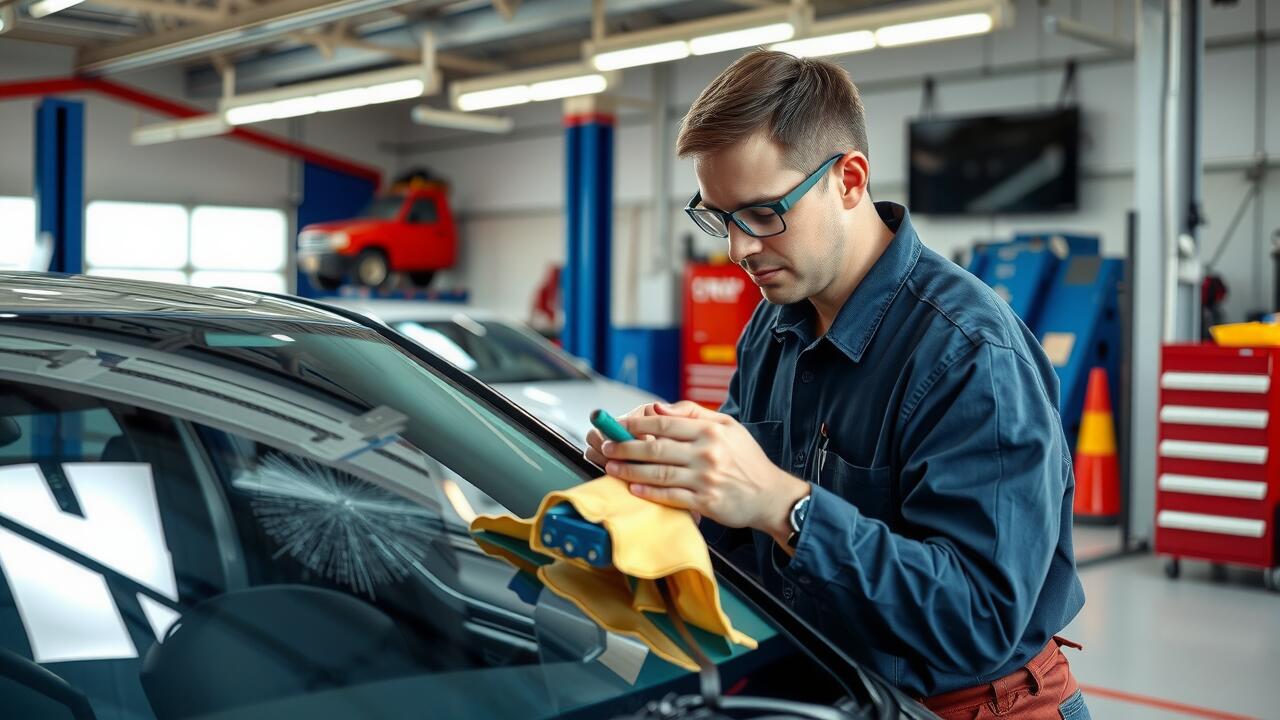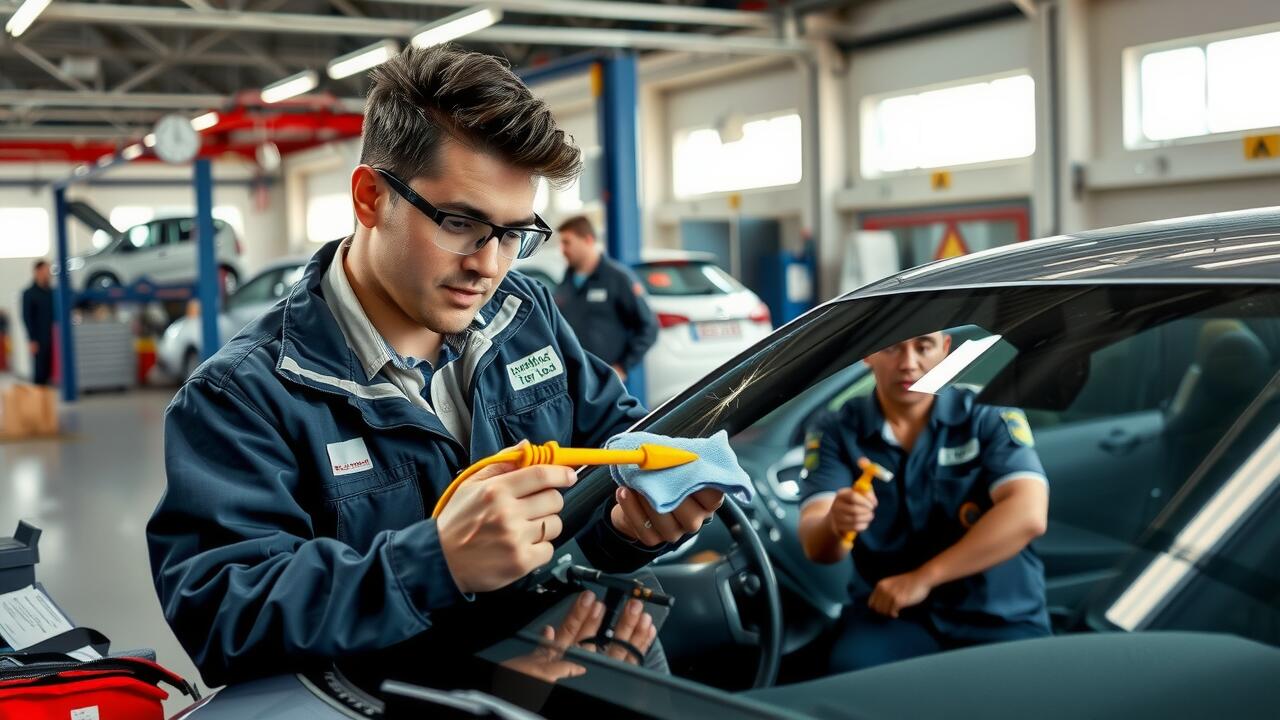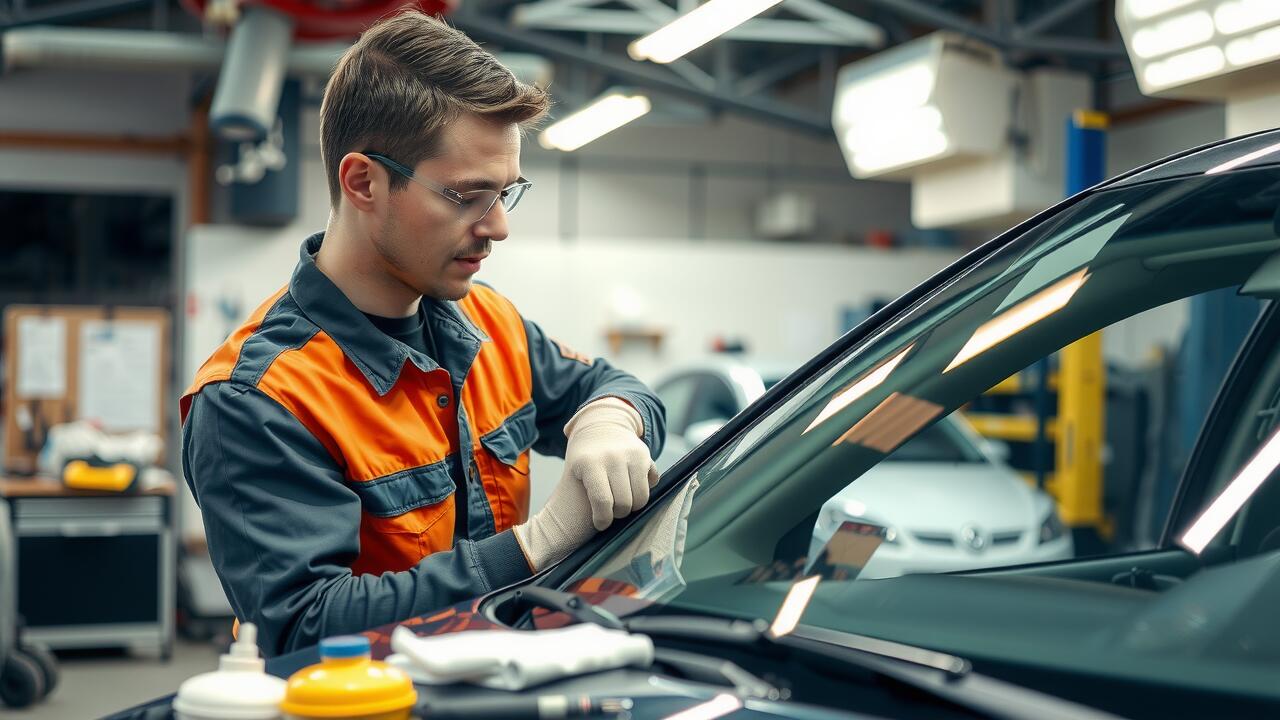
Table Of Contents
Signs That Indicate a Risk of Shattering
A cracked windscreen can pose a significant risk, especially if certain signs emerge. If the crack spreads beyond a few inches or remains near the edges of the glass, the integrity of the windscreen weakens dramatically. Additionally, chips or cracks that penetrate the inner layer of the glass can lead to shattering upon impact. Regularly inspecting the windscreen is vital to identifying these indicators early, as it can prevent more severe damage.
Another crucial sign to watch for is a change in visibility. Distortion caused by the crack can impair a driver’s view of the road, increasing the likelihood of an accident. Furthermore, extreme weather conditions can exacerbate existing cracks, making it essential to address any damage promptly. In cases where the windscreen shows multiple risks, immediate consideration of windscreen replacement may be necessary to ensure both safety and compliance with transport regulations.
Visual Indicators of a Compromised Windscreen
Cracks and chips on a windscreen can often appear small and insignificant but may indicate a deeper issue that compromises safety. A crack that expands outward or develops spiderweb-like patterns can suggest that the integrity of the glass is weakening. Uneven surfaces or distortions in the glass may also impair visibility and signal that the windscreen is no longer reliable, making it essential to assess the potential need for immediate action.
Discolouration at the edges of the windscreen or a haze that develops can further suggest compromise. These visual indicators, alongside locations of damage, are critical for determining whether a simple repair suffices or if windscreen replacement is necessary. Properly assessing these signs helps ensure that drivers maintain clear visibility and comply with vehicle safety regulations.
Repairing vs. Replacing a Cracked Windscreen
The decision to repair or replace a cracked windscreen often depends on several factors, including the size and location of the damage. Small chips or cracks located away from the driver’s line of sight are usually candidates for repair. Repairing a windscreen can save time and costs, allowing the vehicle to remain in service with minimal disruption. However, deeper cracks or those situated near the edges could compromise the integrity of the glass, making replacement a more viable and safer option.
Windscreen replacement may also be necessary if the crack is larger than a certain size, typically around 15-20 centimetres, or if it is spreading rapidly. Additionally, if the windscreen has already sustained significant damage from previous incidents, a replacement might ensure optimal safety. Factors such as the vehicle's age and the availability of glass can also impact the decision, as newer models may have more advanced windscreen technology that should not be overlooked.
Factors to Consider Before Making a Decision
When determining whether to repair or replace a cracked windscreen, several factors come into play. The size and location of the crack significantly influence the decision. Small chips or cracks less than 15 centimetres are often suitable for repair, while larger or more complex damages typically warrant a complete windscreen replacement. Additionally, if the crack obstructs the driver’s line of sight, safety regulations generally necessitate replacement to ensure visibility and compliance with legal standards.
The age and condition of the existing windscreen also play a role in the decision-making process. An older windscreen may not only be more susceptible to further damage but could also have pre-existing weaknesses that make repair less effective. In such cases, windscreen replacement is advisable to maintain optimal structural integrity and safety. Furthermore, considering the costs involved in both repair and replacement may influence the choice, as opting for a long-term solution could ultimately prove more economical.
Safety Regulations for Windscreen Damage
In Australia, vehicle safety regulations mandate that a windscreen must be in good condition to ensure adequate visibility and protection. Cracks or chips beyond a specific size may render the windscreen non-compliant with safety standards. Each state has its own regulations concerning the dimensions and location of permissible damage, which highlight the importance of regular inspections. Drivers are encouraged to monitor their windscreens for any signs of compromise, as even minor damage can lead to broader safety implications.
Windscreen replacement becomes essential if the damage meets certain criteria stipulated by road safety authorities. Not only does replacing a cracked windscreen restore structural integrity, it also ensures compliance with legal requirements. In some regions, driving with a compromised windscreen may result in fines or restrictions. Therefore, staying informed about the regulations and acting promptly on repairs can help maintain both safety and legal compliance.
Legal Requirements for Vehicle Windows
In Australia, vehicle safety regulations mandate that all cars must have a windscreen that meets certain quality and visibility standards. These regulations exist to ensure that drivers have a clear view of the road and surrounding environment at all times. A compromised windscreen can severely limit visibility, increasing the risk of accidents. If a windscreen is cracked or damaged, it may need to be assessed for repair or replacement to comply with these safety requirements.
Windscreen replacement becomes essential if the damage affects structural integrity or visibility. Failure to adhere to these regulations can lead to fines and penalties. Additionally, insurance companies often require compliance with safety standards as part of their coverage policies. Ensuring that a vehicle's windscreen is in good condition not only promotes safety but also aligns with legal obligations for drivers across the country.
FAQS
What are the common signs that indicate a cracked windscreen may shatter?
Common signs include large cracks, deep scratches, or chips located in the driver's line of sight, which can compromise the structural integrity of the windscreen.
How can I visually assess if my windscreen is compromised?
Look for visible cracks, chips, or distortions in the glass. If the crack spreads or if the glass appears to be misaligned, these are indicators that the windscreen may be at risk of shattering.
Should I repair or replace a cracked windscreen?
This decision depends on the size and location of the crack. Small chips and cracks can often be repaired, while larger or more serious damage usually requires a full replacement for safety reasons.
What factors should I consider before deciding to repair or replace my windscreen?
Consider the size and type of the crack, its location, the age of the windscreen, and whether the damage affects the driver's view or the overall safety of the vehicle.
Are there legal requirements regarding windscreen damage in Australia?
Yes, Australian regulations stipulate that any damage affecting the driver's view must be repaired, and certain cracks or chips may render the vehicle unroadworthy until addressed. It’s essential to check local laws for specific requirements.
